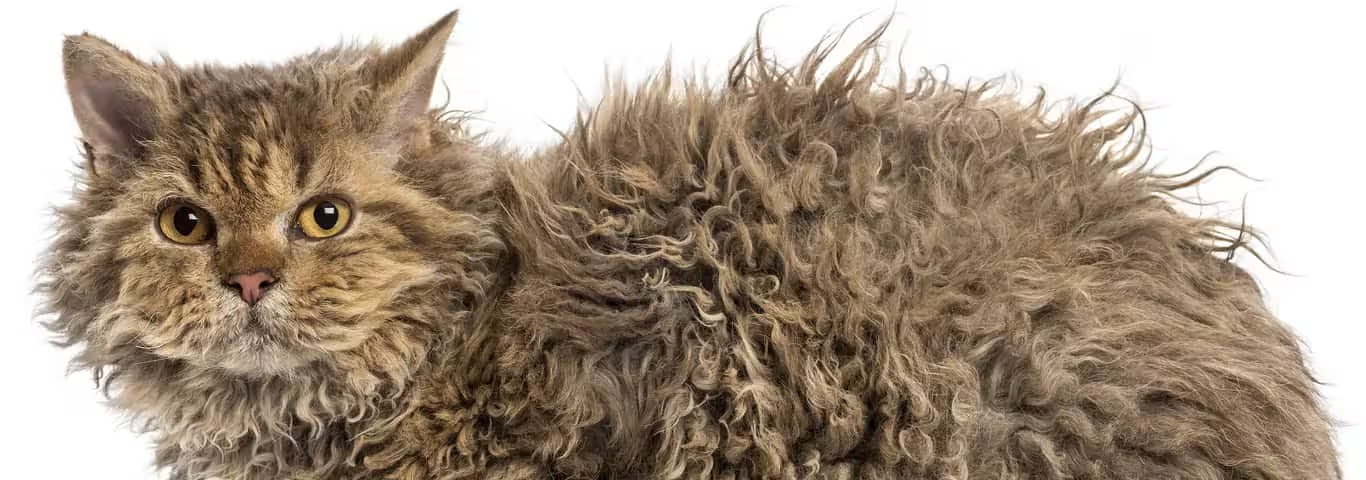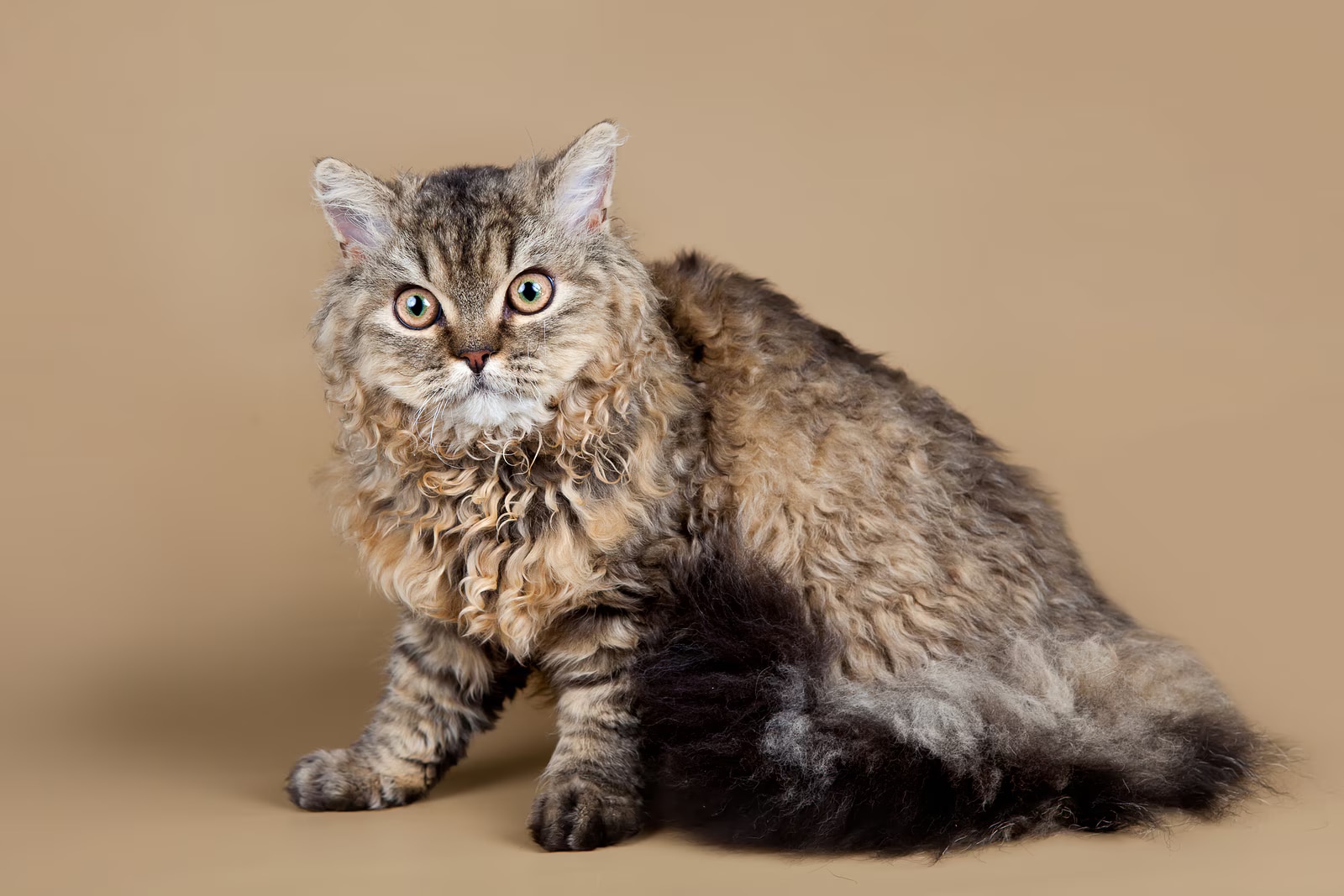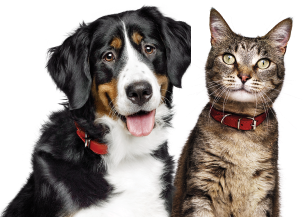In addition to her stuffed animal-like thick coat, it's the Selkirk's animated spirit that earns praise from her fans. She's a loving, very affectionate cat that tends to require attention. Although she's not overly persistent or demanding, she may follow her pet parent around the house until she gets what she wants. But she'll definitely snuggle up with you while you're on the couch, at your desk, or anywhere you happen to sit.
Her playful manner is another appealing aspect of her temperament. "The Selkirk has a silly side and is sometimes described as clownish," explains Vetstreet, and "loves being a lap cat and will be happy to chat with you in a quiet voice." She likes to have fun and is very intelligent. She isn't a trouble-maker but does get bored without her people around, which is why it's important to keep her occupied with toys and other energy outlets, like a cat scratching post or food puzzle.
If you choose to welcome a Selkirk Rex cat to your family, be prepared for plenty of attention from guests. "Selkirk Rex owners are consistently stopped by people with anxious hands wanting to pet and feel this soft, plush pet," CFA explains. "The fortunate humans are those who can take these live teddy cats home for cuddles and hug." Your Selkirk will soak up the adoration from people, even if some of them joke about her "having a bad hair day," comment on her curlicue whiskers, or gush over her little lamb characteristics. Luckily, these furry kitties love to be held and snuggled and will thrive on the affection.
Despite having such a thick and luxurious coat, the Selkirk Rex requires little grooming. As long as you give her a good combing (don't use a brush) once a week, she'll retain her silky waves. But as curly-haired humans know, you don't want to over-brush, which could lead to the frizzies. It's for this same reason that if you give your cat a bath, you shouldn't use a thick shampoo that doesn't rinse well, as it will make her fur fall flat. Regular combing also will keep your cat's hair from accumulating all over the house, as the Selkirk Rex does shed moderately, particularly in the summer when shedding is at its peak.
The Selkirk Rex cat is a healthy breed that remains active throughout her life, especially with routine maintenance. In addition to combing, her grooming routine should include brushing her teeth, feeding her well-balanced meals with the right cat food, providing her with fresh, clean water throughout the day, regularly scooping out her litter box, and showing her lots of love. Your fur baby will return the favor with all the love she has to offer, which is a lot.
Making its first appearance in Montana in 1987, the Selkirk cat breed (named after the original breeder's stepfather) is a relatively new breed, but it didn't take long for cat associations and pet lovers to take notice.
The Selkirk Rex curls are the result of a natural mutation found in a litter of kittens produced by a blue tortoise cat and a white cat. This curly-haired kitten, whose siblings all had straight hair, also had the curly whiskers for which the Selkirk is known for today. The woman who adopted this unique kitten (and named her Miss DePesto because of her pesky personality) discovered that while the mother cat had slightly wavy hair, "Miss DePesto's littermates all had normal coats and that there were no other curly cats in the area, leading her to believe that Miss DePesto might be the source of a new mutant rex gene," notes The International Cat Association. What makes this rex different from other curly-haired breeds is that the gene is dominant in the Selkirk rather than recessive, as with the Devon and Cornish breeds.
In just a few short years, the charismatic Selkirk Rex cat breed was recognized by various cat associations around the world and, though rare, continues to gain popularity.






















